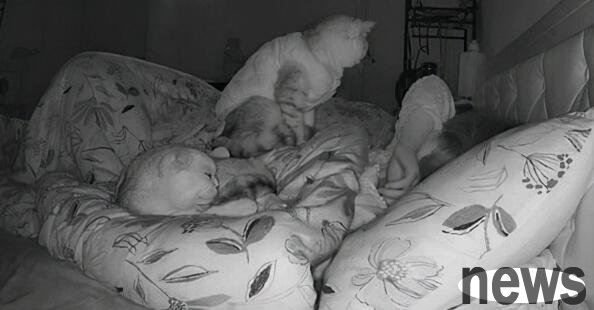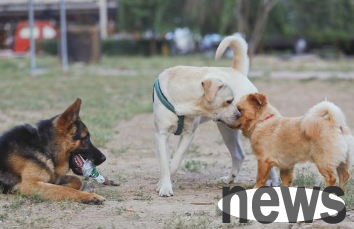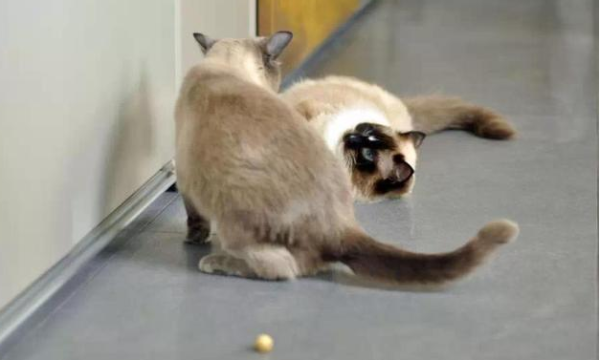The core essence of dog and cat sterilization that veterinarians must know!
If subdivided, the surgery to remove the uterus and ovaries of the female cat is called sterilization, and the surgery to remove the testicles of the male cat is called castration, with the purpose of no longer allowing the animal to estrus and reproduce (hereinafter collectively referred to as "sterilization"). This is one of the easiest and routine procedures for young healthy animals.
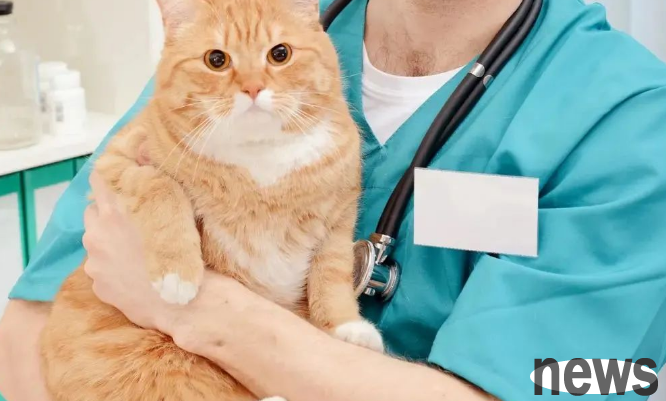
However, clinical sterilization surgery often has various problems. Now we will sort out the core essence of sterilization for reference by all veterinarians.
1. The best time for sterilization
Cats and dogs are recommended to sterilize (castration) between 6 and 8 months old.
It is recommended that females sterilize before the first estrus, which can better prevent breast tumors. For males, it is also recommended to sterilize in time after sexual maturity and physical maturity to avoid bad behaviors and lose or fight in order to "pursuing love".
In terms of specific time, as long as the postoperative care is properly and females avoid erectile severity, they can undergo sterilization or castration. There is no saying that "a certain season is more suitable for sterilization."
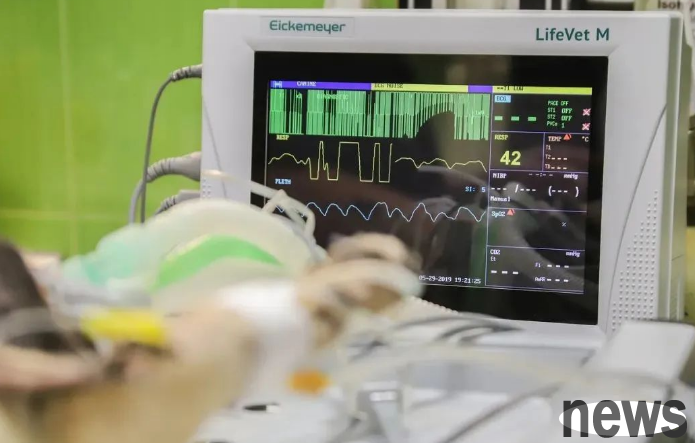
2. Precautions before sterilization surgery
1. Preventive health care: The sterilization surgery for kittens must be performed at least after the first vaccination, preferably two weeks after the complete vaccination. Ensuring complete immunity before going to the hospital for surgery can effectively reduce disease infection and contagion.
2. Preoperative physical examination: Veterinarians usually recommend that cats undergo a physical examination before surgery, evaluate the cat's individual health, determine the optimal operation date for each individual, and formulate specific surgical plans for cats with special circumstances. The examination mainly includes: body temperature, weight, breathing, heart rate, mucosa, surface lymph nodes, bones, abdominal palpation, blood routine ➕ biochemical ten items, B-ultrasound, film shooting, heart screening and special examinations, etc.
3. Hunger period: Generally, food is stopped to be provided to cats 8 hours before the operation, and water is prohibited 2 hours before the operation. If the doctor has special instructions based on the specific growth and health status of the cat, please follow the doctor's advice.
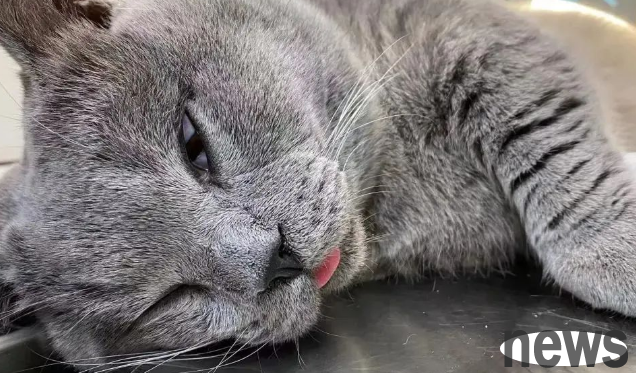
1. Pain (ubiquitous): The most common discomfort after surgery is pain in the cat's groin area, which is usually manifested as gasping, refusal to sit, stiff gait in the hind legs, or unwilling to move the hind legs; some cats will tremble, hide under the bed or reduce their eating. Usually this obvious pain lasts for 1-3 days. If it takes too long (a wound infection or other problems may occur) or the pain is too severe, painkillers (special situations such as liver and kidney damage should be paid attention to) and anti-inflammatory drugs can help them appropriately relieve the pain.
2. Scrotal swelling, congestion, and congestion:
Adult male cats are more common after sterilization. After the operation, cats are prone to bleed and swelling in scrotum if they exercise vigorously or over-climb or lick the surgical site. Usually, the scrotum is absorbed by itself without special treatment. If the pain is severe, pain relief medication can be provided to relieve the discomfort caused by the pain.
3. Infection in wounds (uncommon):
When bacteria enter the traumatic incision and multiply in large quantities, the wound will have inflammation (redness, swelling, heat) or suppuration (invading white blood cells to produce yellow or green pus). Infections are often caused by pet licking their wounds, so it is recommended to wear an Elizabethan ring while avoiding staining or wetting the wounds. In addition, there is also a very low probability that the infection is caused by incomplete disinfection and sterilization of surgery.
4. Penis/urethral tear (rare):
Due to the proximity of the penis and testicles (scrotum), the lack of experience may cause the surgical incision to be opened incorrectly, resulting in a dissection of the penis or urethra. If the bleeding is severe, blood transfusion or intravenous fluid is required. If urine (strong acid and irritating) enters the skin of fat and surgical sites, it can cause swelling, pain and inflammation of the tissue.
5. Postoperative hyperbleed:
Sometimes a small amount of blood sample fluid flows out after the operation. However, if there is a major bleeding, it may be that it is not properly treated, or coagulation disorders (such as hemophilia, rat poisoning, or platelet count problems).
6. Renal failure (uncommon in young, healthy animals):
The kidneys require blood circulation to provide adequate nutrients and oxygen to maintain normal function. If a cat loses a lot of blood during the operation, it will lead to a sharp reduction in effective blood volume. When the cat's blood pressure drops to a certain critical value during anesthesia (the minimum systolic blood pressure is 90mmHg, the average arterial blood pressure is 60mmHg), acute renal failure may occur during or after the operation. Usually, elderly cats may experience renal failure due to reduced kidney function; in addition, some cats (such as Persian cats) are more susceptible to congenital renal defects and diseases, which are worsened by surgery. Therefore, it is recommended to perform a physical examination of the cat before surgery.
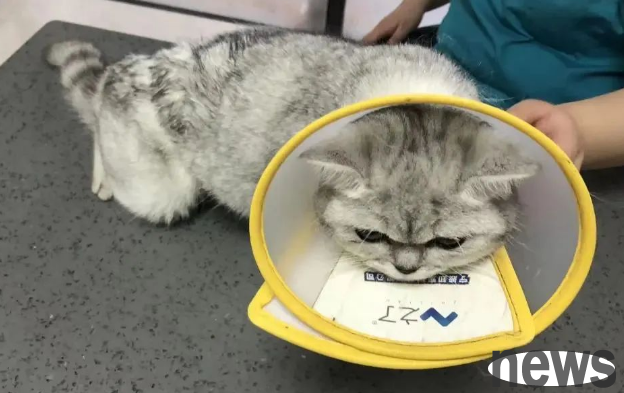
7. Anesthesia death (uncommon):
Some cats die during surgery are classified as anesthesia death, but sometimes other causes are also present, such as excessive blood loss, acute fatal allergic reactions to anesthetic drugs, blocked vomit, congenital fatal heart rate disorders, stroke, etc.
8. Tracheal damage caused by excessive tracheal intubation (uncommon): In sterilization surgery, in order to maintain airway breathing, a small tube is inserted into the cat's throat to prevent accidentally inhaling saliva, vomit or other oral secretions, and allow inhalation of gas anesthetic drugs to the lungs. Occasionally, the intratracheal tube (ET tube) airbag is too inflated, resulting in tracheal damage and tracheal wall cracks.

